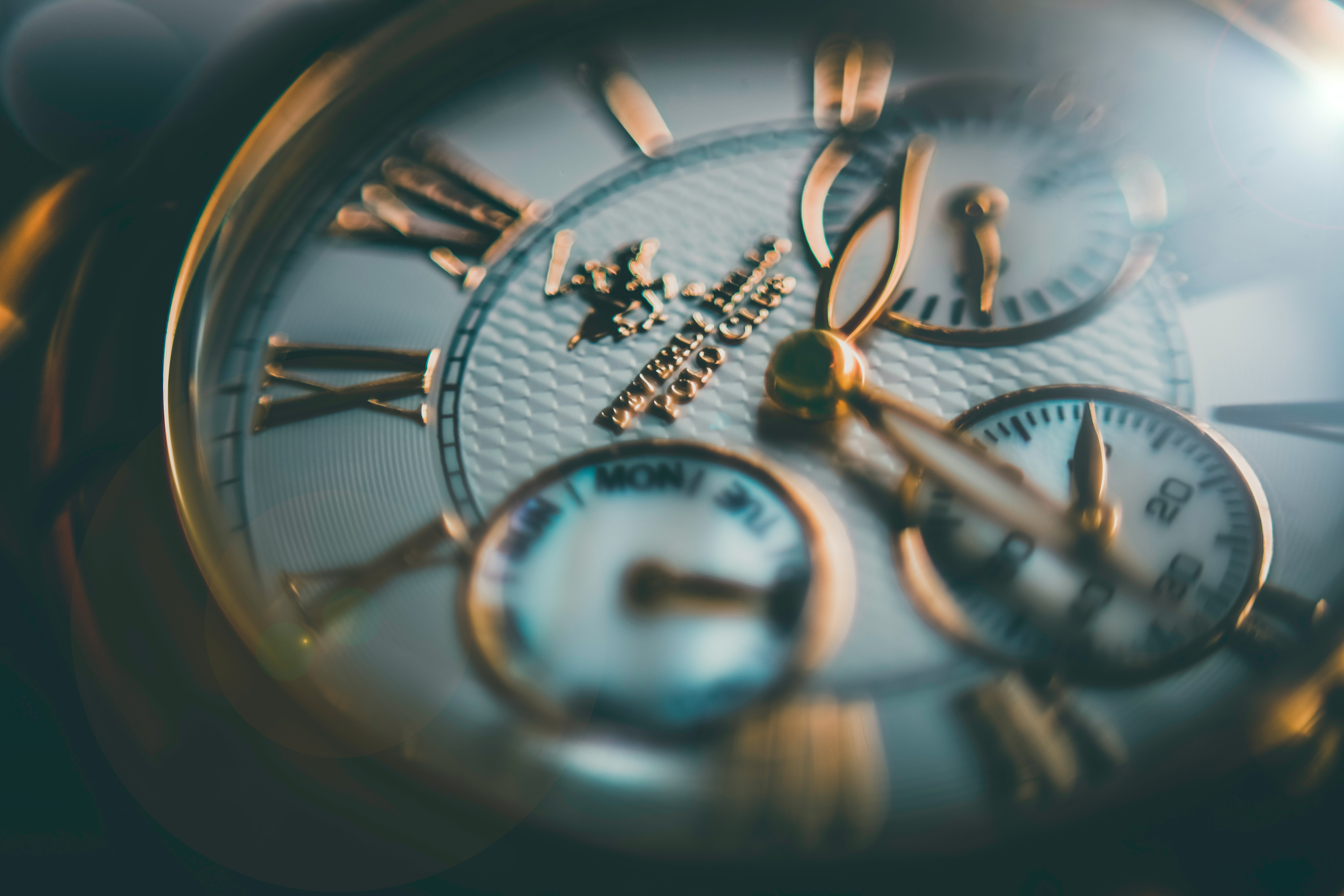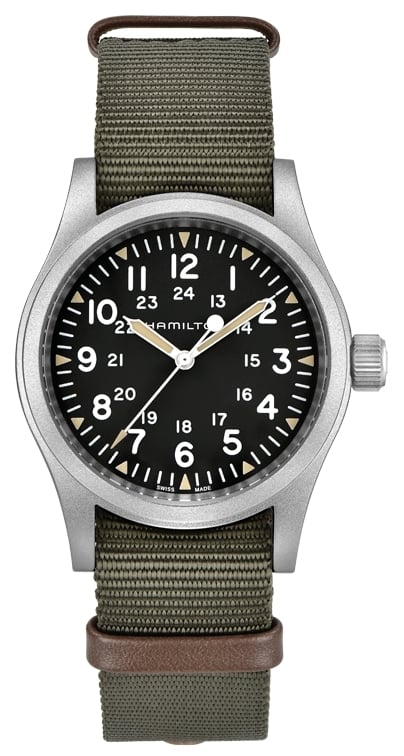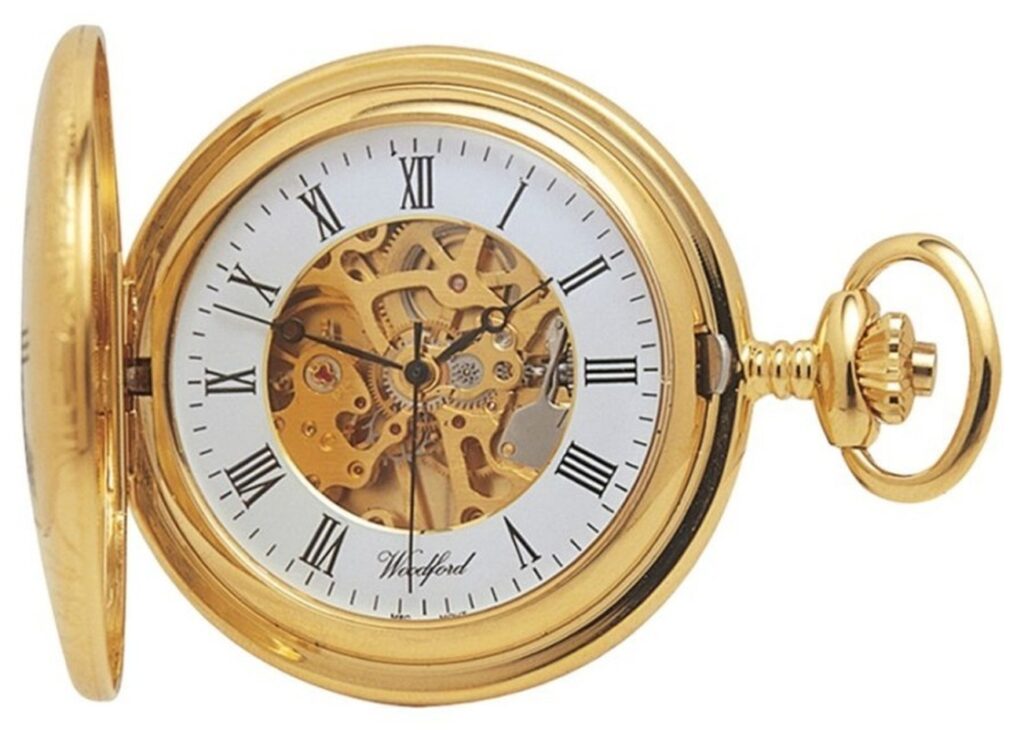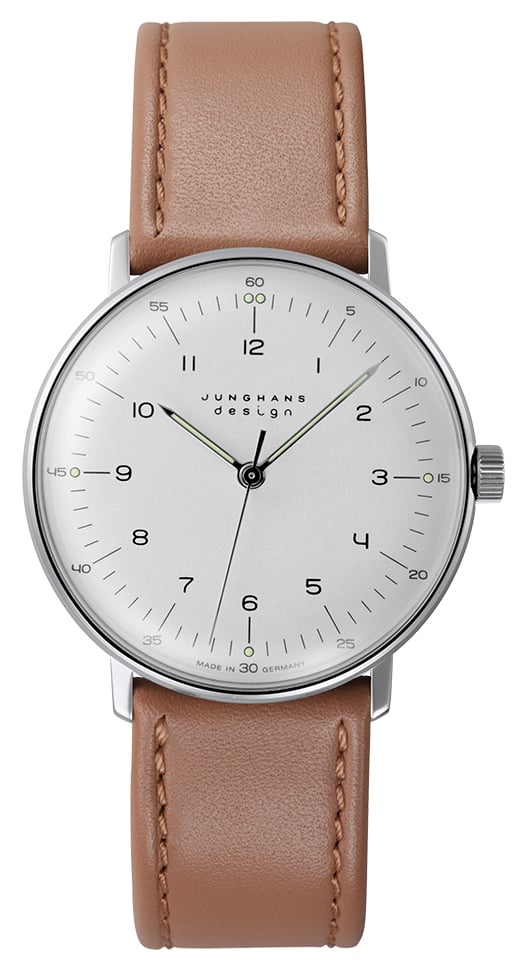Hand-wound or manually-winding watches are one of the earliest types of watches, but equally one of the most mechanically complex. It’s no wonder many watch newbies have questioned: what actually is a hand-wound mechanical movement? And, how does it work?
The Basics: What is a hand-wound mechanical movement?
For any newbies just getting into watches, a movement is the mechanism that powers the watch. It’s an engine of parts that work together in order to move the hands. Its also responsible for keeping any of the watch’s other functions, such as a date display, functioning properly. There are three principal types that are each powered differently, namely: hand-wound mechanical, automatic mechanical, and quartz. However today we will just be focusing on the first of these three.
So, what is a hand-wound mechanical movement? The manual or hand-wound movement is the eldest of the three types. In fact, it was the only type of movement until the development of automatic mechanical movements in the 1920s. Unlike the other two types of movement, it’s fairly self-explanatory. Watches with a hand-wound movement regularly require winding to keep functioning. Often, this is done by turning the crown.
How does a hand-wound movement work?
So, how is this turned into power for the watch? By turning the crown, the winder is tightening the watch’s mainspring within the mechanism. As time goes on, the spring begins to slowly loosen, which in turn releases a stored force. This force sets the mechanism’s gears in motion, which drives the watch.
So that it continues to function and maintain its accuracy, hand-wound mechanical watches often require winding as often as every 30 hours. However, some can last up to 10 days before they need winding again. In addition to regular winding, they do require other periodic servicing like being cleaned and having their oils changed.
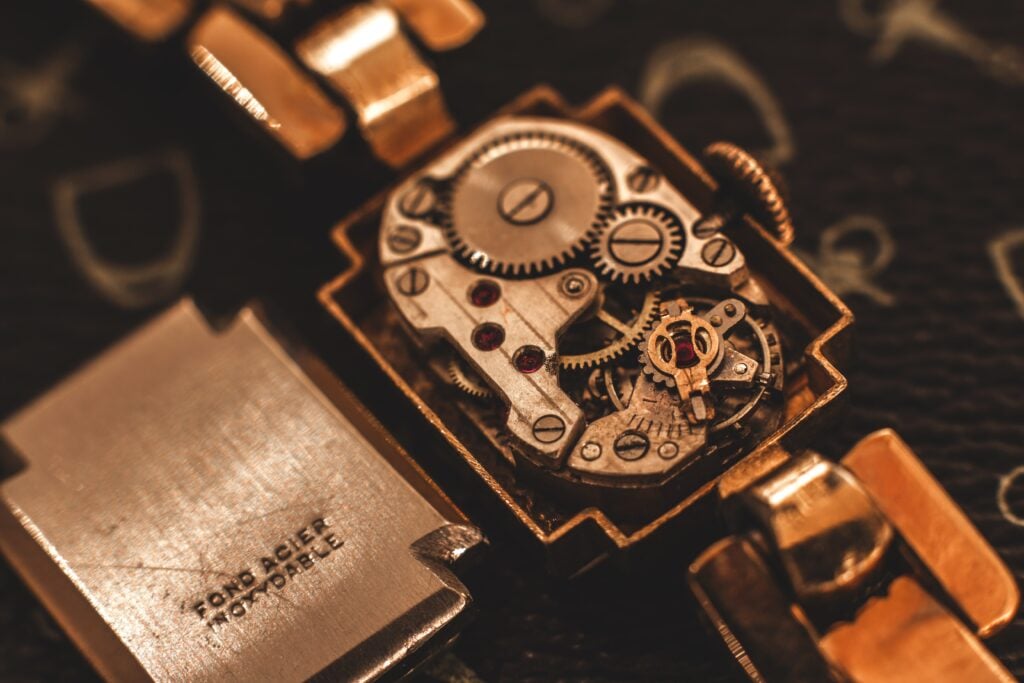
Why buy a watch with a hand-wound mechanical movement?
Although they can be a little high maintenance, many opt for watches powered by hand-wound movements for their beauty. In a similar vein to how a music lover collects vinyl, watch lovers are drawn to their antiquity and expert craftsmanship. Indeed, hand-wound mechanical watches have a nostalgic allure that many modern battery-powered watches can lack.
Their intricacy also makes them beautiful heirlooms. Moreover, they have proven to stand the test of time, making them perfect for passing down generations. Particularly with their declining popularity in the contemporary market, this makes them all the more special.
Whether you want to invest in a budding family heirloom or the mechanical mechanism simply intrigues you, here are some of our hand-wound mechanical watch recommendations.
Our Recommendations for Hand-wound Watches
Hamilton Khaki Field Mechanical 38mm Nylon Green Strap 80h Power Reserve H69439931
Hamilton has a whole range of Khaki Field pieces powered by the brand’s H-50 manual-winding mechanical movement. Exclusive to Hamilton, this calibre has an impressive 80 hours of power reserve.
Based on a 1960s forebear, our favourite is this colourway. At its centre is a circular black dial, complete with white Arabic numeral indices and three silver-framed hands. So that the watch is legible even in limited lighting, the dial also has luminescent hands and markers. Encasing the dial is a scratch-resistant sapphire crystal, which sits in the watch’s 38mm stainless steel case. Its sturdy build seals in 50 metres of water resistance, meaning the watch is great for everyday wear too. To top off the design is a khaki green NATO-style strap, which reinforces the watch’s military feel.
Woodford Half Hunter Gold Plated Skeleton Pocket Watch 1021
If you’re looking for something really classical, this Woodford Half Hunter pocket watch has a stunning vintage feel to it. Encased in a beautiful gold-plated stainless steel case and cover, the main dial is white with elegant Roman numeral indices. To show off the movement’s intricacies, the centremost portion of the dial is skeletonised with the three central hands anchored to it. Thanks to the window on the cover, both the skeletonised centre and the time are viewable even when the cover is shut. Breathtakingly ornate, this Woodford piece would make an excellent heirloom.
Junghans Max Bill Hand-winding White Dial Sapphire Crystal 27/3701.02
With its beautiful Bauhaus dial, a Junghans max bill is always a worthwhile mention. This particular model features a matte silver-plated dial with black Arabic numeral indices and three central hands to match. Moreover, the hands and indices are accented by an environmentally-friendly luminescent inlay for improved legibility in the dark. However, these are tastefully done so as to not detract from the minimalist feel characteristic of the max bill watches. Protecting it is a convex sapphire crystal with an anti-reflective coating.
Housing both the dial and the mechanical movement is a stainless steel case. Measuring 34mm in diameter and 9mm in height, it has an impressively slim silhouette for a mechanical watch. Nevertheless, its strong material duly protects the J805.1 calibre movement which beats within it. Lastly, securing the watch to the wrist is a brown leather strap with a pin buckle fastening.
ORIS Big Crown ProPilot X Calibre 115 Skeleton Bracelet 01 115 7759 7153-SET7 22 01TLC
The last of our hand-wound mechanical watch recommendations is this Oris ProPilot X. At a mighty 44mm in diameter and 12.8mm in thickness, its titanium case is certainly an eyecatcher on the wrist. With its matching titanium bracelet, the watch has an ultra-modern futuristic feel to it. This is particularly reinforced through the skeletal dial, which gives the wearer a view into the brand’s 115 calibre movement. This calibre is incredibly impressive as it boasts a whopping 10-day power reserve. Moreover, the dial also has a power reserve indicator so you know when the watch needs to be wound. For any first-time mechanical watch buyers, this feature is very handy to get into the routine of winding your watch.
In addition to these functions, the watch also has luminescent hands, a subsidiary seconds subdial, a fine timing system and stop-seconds. As a finishing touch, a domed sapphire crystal protects the dial and helps to seal in the watch’s 100 metres of water resistance.
For more stunning mechanical watches, feel free to browse our extensive range here.
Have you got any more hand-wound mechanical recommendations to help some newer watch enthusiasts out? Drop them down below!

